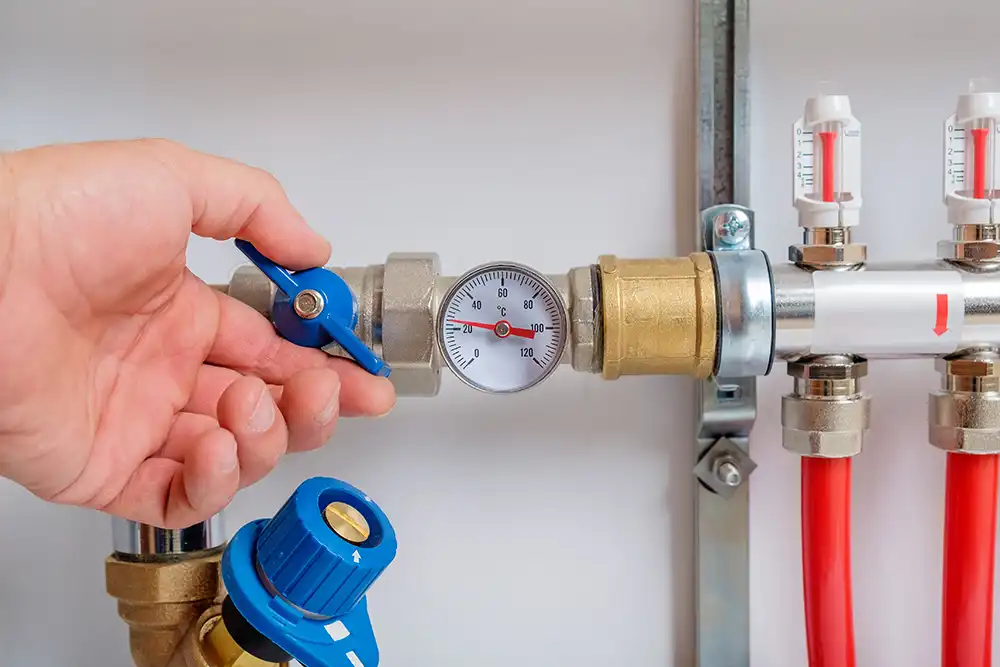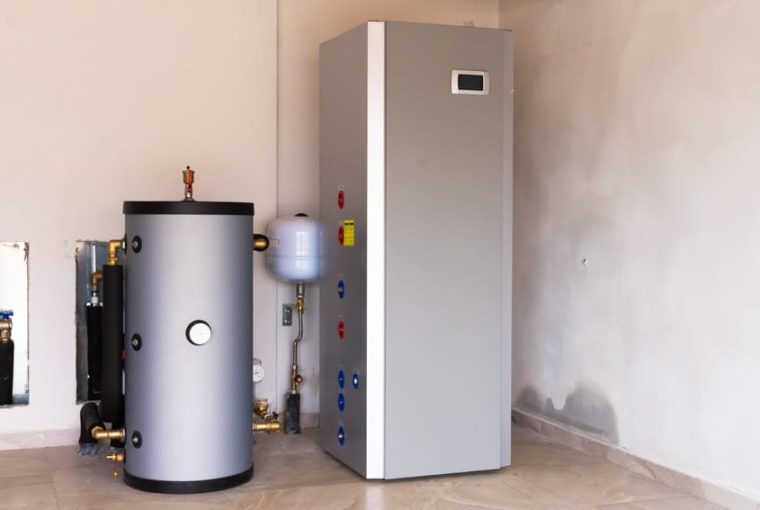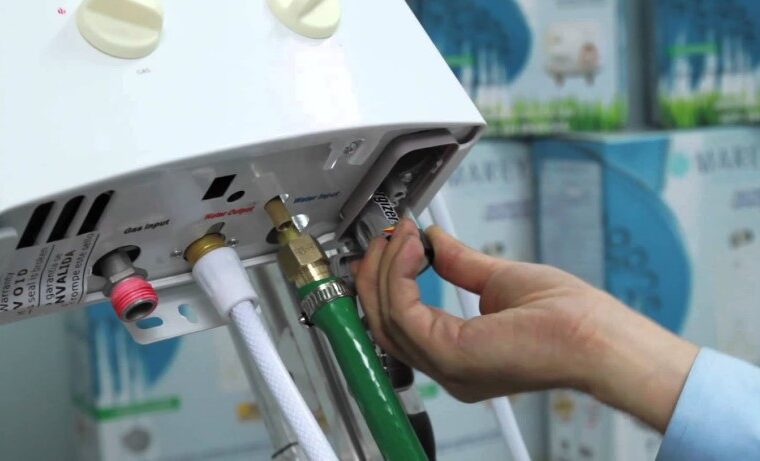A hot water heater pressure relief valve is a component used for safety purposes in a water heater. It helps to lower the pressure that could build up in the tank due to the excessive heat. This function makes it a significant part of all hot water heaters as it keeps the pressure under control by opening and releasing the excess water and steam into the drain. Hence, protecting the tank from leaks, ruptures, and explosions.
Now, the opening of the valve isn’t an issue, rather this is why it’s installed on the water heater in the first place. However, if it keeps on opening repeatedly and you observe a water mess on the ground as well, then know that there’s a problem with the water heater or the valve itself. Here, we’ll explore under what conditions the valve wouldn’t operate correctly and how you can replace it if required.
Why my new hot water heater pressure relief valve malfunctions:
Some of the reasons that could lead to a bad pressure relief valve are written below.
-
High water pressure:
If the water pressure entering the water heater is too high, it can cause the valve to open and release water. The normal range for residential water pressure is 40 to 80 psi. If the pressure goes beyond 80 psi, it can damage the plumbing and appliances, including the hot water heater. You may test the water pressure with a pressure gauge or get professional assistance.
-
Overheating:
If the thermostat on the heater is set too high, it can cause the water to overheat and create excessive pressure. 120 to 140 degrees Fahrenheit is the recommended range for the thermostat, and any setting above this can be highly dangerous.
To prevent this issue, you must adjust the thermostat as per the manufacturer’s instructions, or else, the valve won’t be the only component you’ll be replacing, the thermostats will follow; meanwhile, the whole unit would be the next in line.
-
Faulty valve:
If the pressure relief valve is defective or damaged, it may open prematurely or fail to close completely. In this case, you would need to replace the valve with a new one that matches the specifications of the heater.
You can remove the valve from the water heater and take it with you to the nearest shop to buy the exact part. However, make sure to turn off the power and the water supply to the heater before removing it.
If you keep reading, you’ll find the whole pressure relief valve replacement method below.
-
Sediment buildup:
The water heater tank usually accumulates sediment or mineral deposits over time which can reduce the efficiency of the water heater and create hot spots, leading to overheating. This can also clog the valve and prevent it from working properly. So, to avoid such a situation, you must flush the tank periodically to remove the sediment or hire a professional to do it.
How to Replace the Water Heater Pressure Relief Valve:
In case you’re sure that your water heater’s pressure relief valve is faulty and needs to be replaced, you can follow these steps to do it yourself:
- Turn off the power and the water supply to the heater and drain all water that’s left in the tank.
- Locate the valve on the top or side of the tank and remove the discharge pipe.
- Then, unscrew the valve with a pipe wrench.
- Clean the opening with a wire brush or cloth to remove any grime. Make sure no dirt goes inside the tank.
- Next, screw the new valve into place and tighten it firmly but make sure you do not exert force excessively.
- Then, turn on the water supply and fill the tank with water.
- Open a hot water faucet in the house to allow air to escape from the tank.
- Turn on the power to the heater and wait for it to heat up.
- Next, you may check the valve for leaks or proper operation by lifting the lever slightly and letting the water flow out for a few seconds.
- In case the water doesn’t stop or still leaks, you may need to adjust or replace the valve again.
Final Thoughts:
A new hot water heater pressure relief valve that keeps on opening nonstop can be a sign of various problems, including high water pressure, overheating, faulty valve, or sediment buildup. By identifying the root cause and taking the appropriate action, you can prevent serious damage to your water heater and ensure the safety of your home. If you are not comfortable with replacing the valve yourself, you can always hire a licensed plumber to do it for you.



